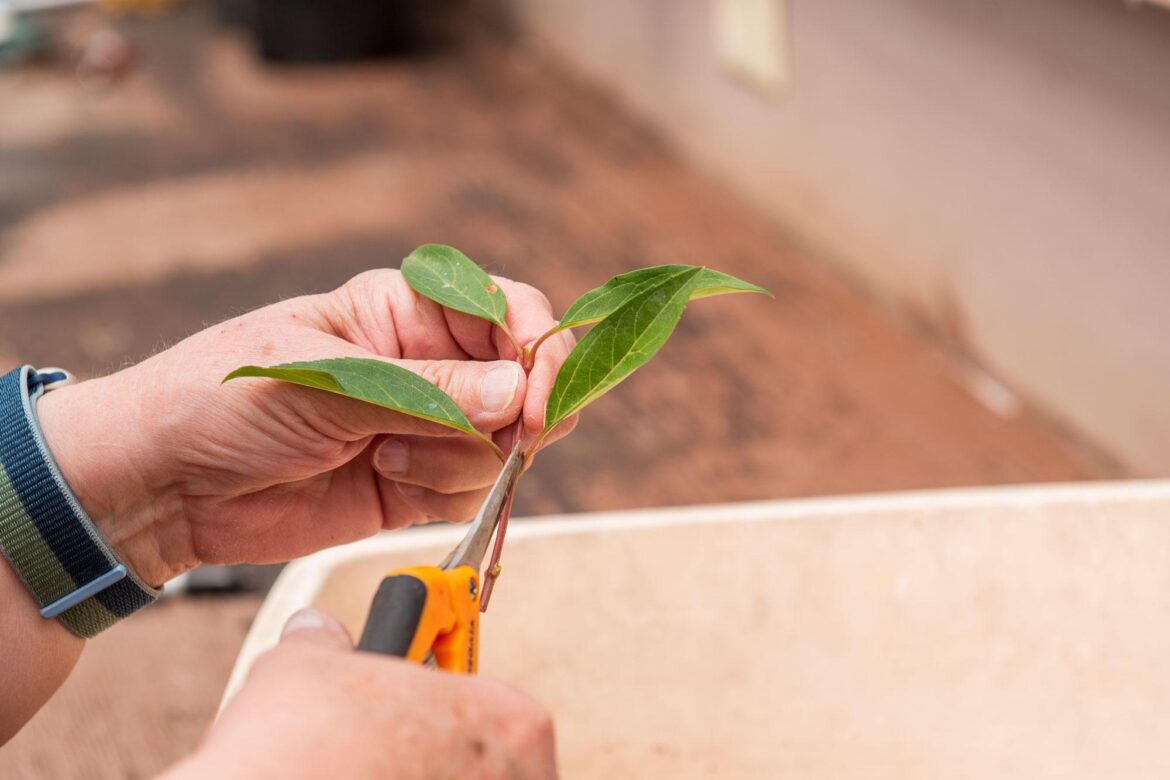CORVALLIS, Ore. — Any time of year is a good time to set a gardening budget, and winter offers a long window to plan before planting begins.
“Gardening is like any other hobby,” said Brooke Edmunds, a horticulturist with the Oregon State University Extension Service. “It takes some level of investment. But it doesn’t have to be that expensive. There are shortcuts.”
Some money-savers are as simple as buying smaller plants. Others, such as saving seeds or making compost, take a little more effort. All aim at the same goal — keeping gardening costs down.
Use seeds instead of starts
Starting your own plants can save a lot over time, even with an initial investment in lights, trays and planting mix.
Seed packets can contain 100 seeds, which means many more plants for the price.
Extra plants can be traded with friends to increase variety.
Reuse trays if the previous crop had no disease; wash with soap and water.
If there was disease, wash and then disinfect in a solution of 1 part bleach to 9 parts water.
For even more savings, start seeds in egg cartons, newspaper cylinders or plastic cartons with holes punched for drainage.
Buy smaller plants
If you are patient, choose the smaller size.
A 4-inch pot instead of a 1-gallon plant
A 1-gallon plant instead of a 5-gallon plant
Smaller plants usually catch up in a season or two.
Make your own compost
“It takes more time, but it saves a lot of money,” Edmunds said. Use kitchen scraps and garden waste to build a pile. If you have access to chicken or livestock manure and bedding, mix that in for a richer compost. Let the pile decompose until pieces of bedding are no longer visible.
Shop sales
Look for low-cost plants at the times and places where they show up most often.
Community and group plant sales in spring
Extension Master Gardener sales in your area
Nursery markdowns in late summer and late fall
Discount corners with plant “seconds”
Save seeds
Collecting seeds at the end of the season is a simple way to reduce next year’s costs. It works even better if you combine it with seed swapping.
Hold a plant and seed swap
Divide larger plants or pot up extra seedlings you have started. Then invite friends who also have plants to share. Add coffee and you have a low-cost way to grow everyone’s gardens.
Make use of recycled materials
Garage sales, thrift shops and classified ads often have used gardening supplies, pots, edging and tools at low cost or free. You can also forage natural materials — branches, stones, bamboo poles — to make supports or borders.
Build your plant collection with cuttings
Propagating with cuttings is another way to expand your garden without buying more plants. Neil Bell, a retired horticulturist with the Oregon State University Extension Service, explains how to do this in Turn fall cuttings into free plants by spring.
Attract beneficial insects
Instead of buying products for pest control, plant flowers and other plants that bring in beneficial insects. They will help reduce pest populations and keep the garden more balanced.
Split a load of mulch
Share the cost of a delivery of mulch or compost with a neighbor. You can also watch for arborists removing trees; they often have wood chips to give away, which can be used as mulch.
Previously titled Save some bucks by gardening frugally


Comments are closed.